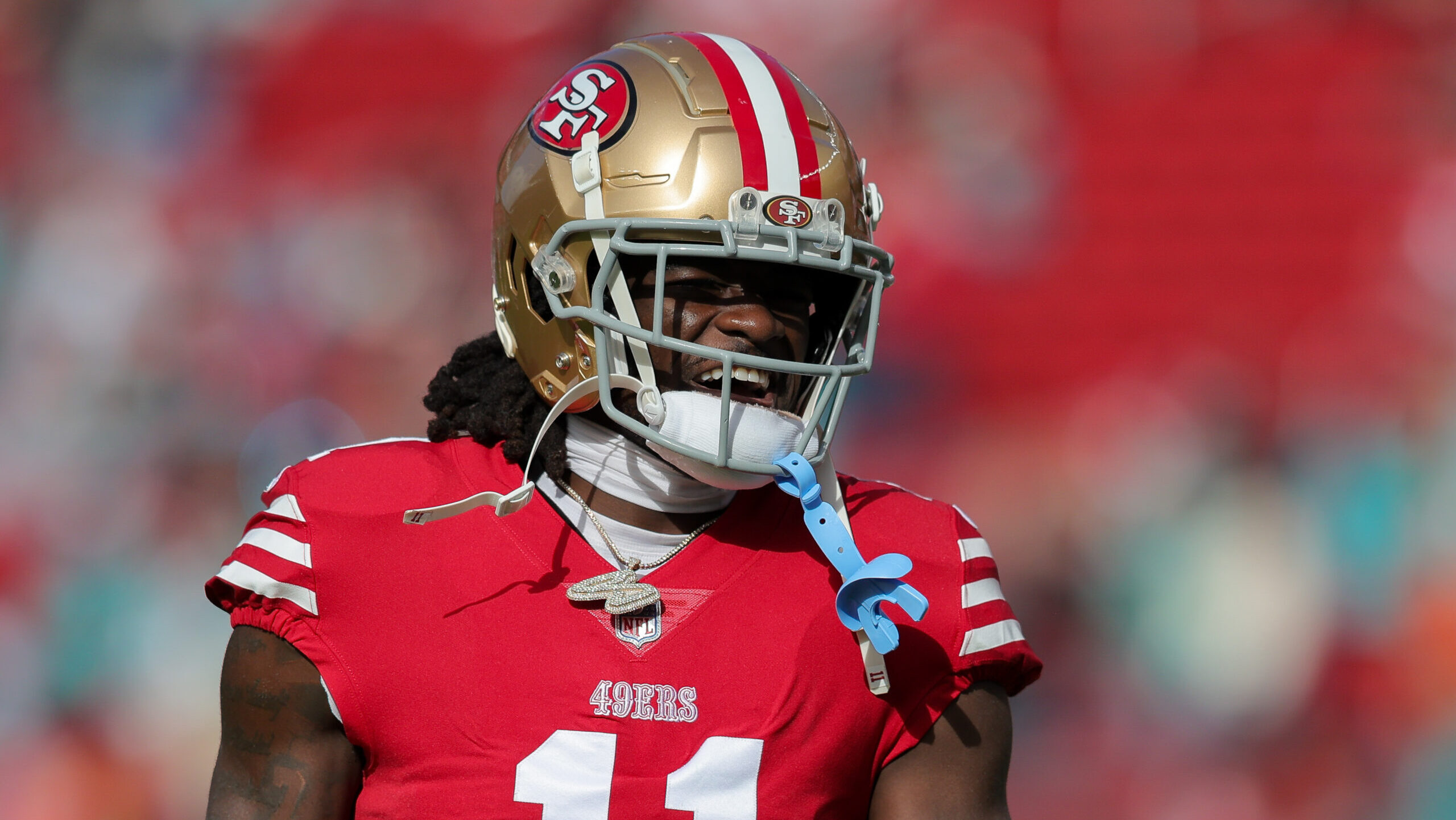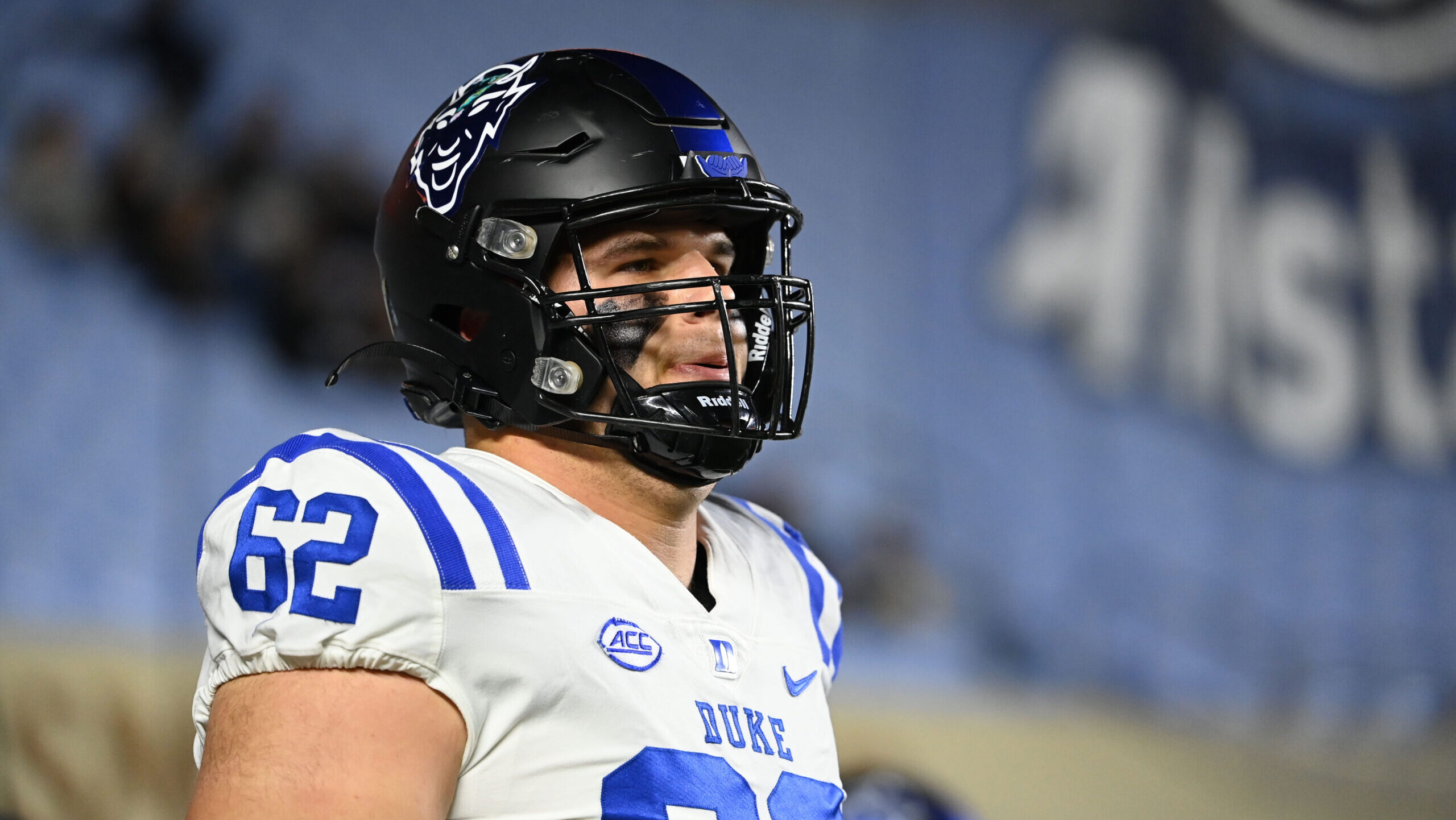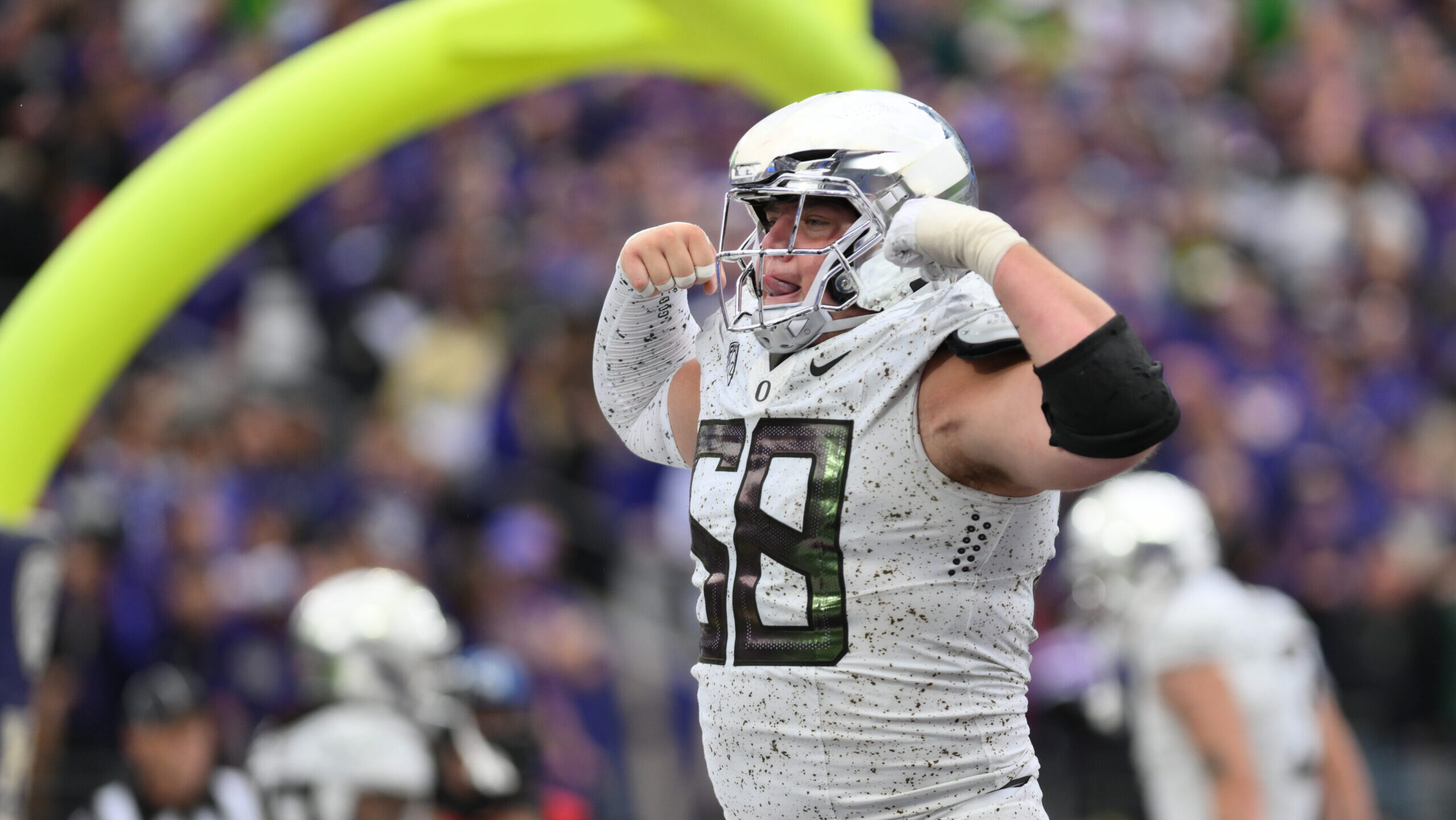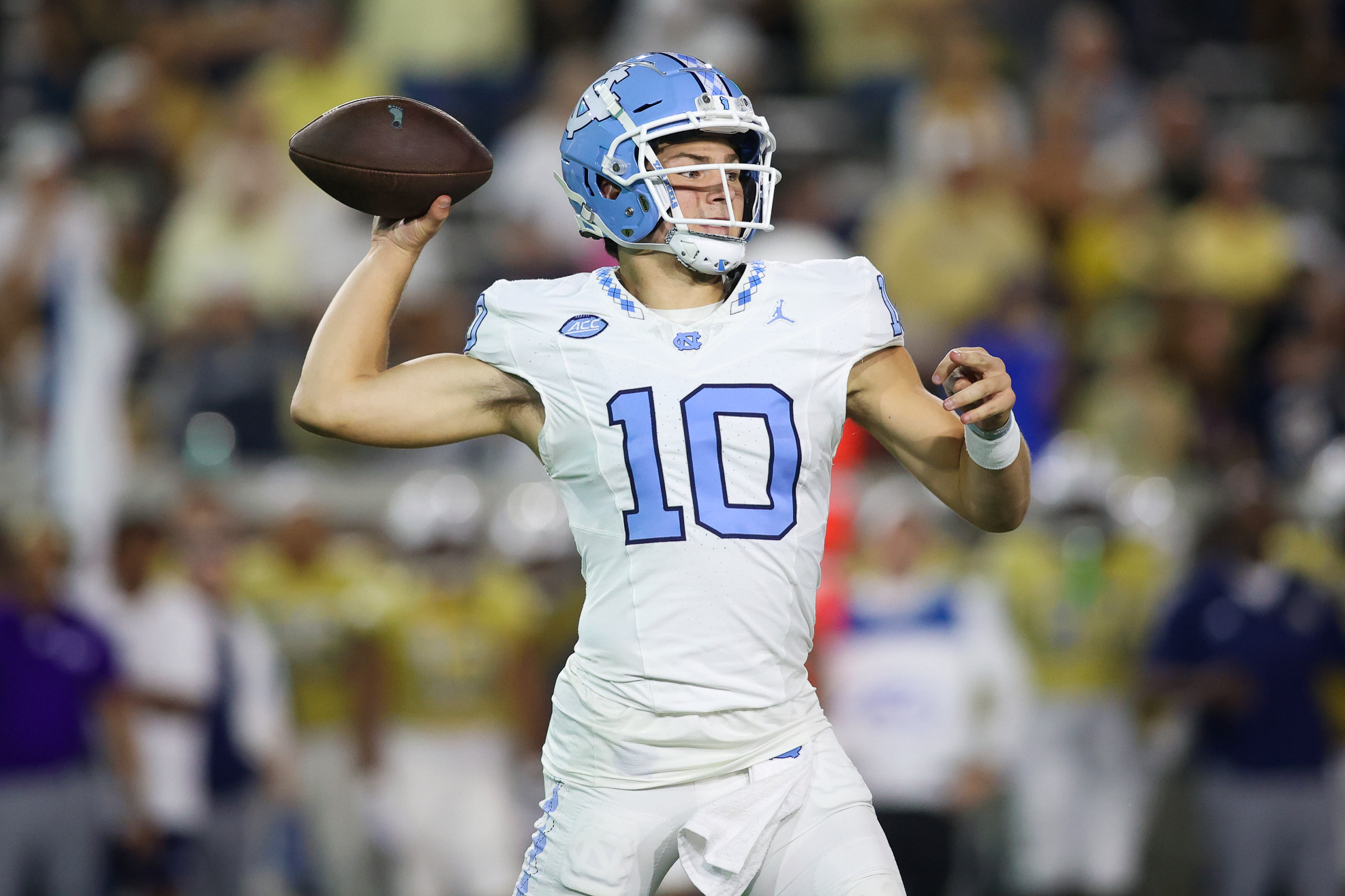Analysis
3/14/22
7 min read
Legal Tampering: How The Next Two Days Can Shape The 2022 NFL Season

The NFL’s legal tampering period opens today at noon ET. Often referred to as the “negotiating period” or “negotiating window,” the legal tampering period is the two day time frame where teams are allowed to contact players and/or their agents in order to negotiate deals that will become official once the league year begins at 4 p.m. ET on March 16.
This negotiating window was introduced in 2013 as a way to give the teams and agents a set period when they can start negotiating, rather than the old system where deals were discussed in private and magically agreed to within seconds of the new league year beginning. The negotiating period opens at Noon ET two days prior to the first day of the new league year. Clubs and agents take the 52 hour time period to not only negotiate, but more importantly, to get a sense of each team’s game plan going into free agency.
Both teams and agents track an upcoming free agent’s performance throughout the player’s “contract year” — the final year before the player’s contract expires and he becomes a free agent. While the “contract year” often winds up as the focal point of a negotiation, teams and agents also track the player’s performance before that season for a number of reasons.
Teams want to keep tabs on the players that they know are scheduled to become free agents in case they choose to approach a player with an extension offer before, during, or immediately after the season. For this reason, they need to track the stats and progress within the team’s offensive or defensive scheme for all of the players on their roster from the moment they sign their contracts.
Eric Schaffer, former Senior VP of Football Operations of the (now) Washington Commanders, would also keep track of the entire NFL to understand what the market will look like in any given year at each position and which teams he may be negotiating against for an individual player or at a certain position. In doing this, he would have a Plan A, B, and C for each position of need.
His preparation would not only include next season’s cap and cash outlooks, but those of the next three seasons. This is important for teams to track because, just like any company, the owner and Team President are the ones who ensure the team actually has enough cash to pay their players and operate the business as a whole. On top of player salaries, these cash and cap projections include projected liabilities such as injury and grievance payments, practice squad player salaries, projected extensions for players on the current roster, and an assumption for the growth of the salary cap from year to year.
In his time in Washington, Schaffer took part in conversations with the team’s pro scouts, coaches, and general managers throughout the regular season. This is not always ordinary for football operations executives, but was a huge help when he approached the negotiating period as the team’s lead negotiator because he was able to assess what each party looked for at specific position groups ahead of time. In his role as lead negotiator, he made sure to keep all necessary parties in the loop during the negotiating period so that the general manager and head coach were kept up to speed on how the negotiations were going with the agent.
Entering the legal tampering period, Schaffer would prepare contract models for 2, 3, 4, and even 5 year offers that the team was prepared to present to a player. “You can never do enough situational prep beforehand,” Schaffer says.
On top of his preparation for the individual negotiations, he would ask agents about all of their clients during their discussions. This was part of his fact finding mission to understand the entire makeup of the NFL and which teams were interested in which players.
Schaffer was able to do this because he had trusting relationships with agents. Having open and honest discussions is critical to the information gathering process.
AJ Vaynerchuk, co-founder and CEO of VaynerSports and a NFLPA certified agent, brought up another key factor in building relationships. That is, agents not only have to worry about their relationships with the team but also with their clients in order to keep them happy.
On top of conducting the same diligence that the team does on a player’s performance, an agent must also understand the perception of their player in the marketplace and prepare their clients about the free agency process along with the hardships that may be associated with leaving one club and city for another. Vaynerchuk operates under the mentality of, “If the player isn’t prepared, I’m not prepared.” This mentality is a big reason why he’s built up a laundry list of clients since founding VaynerSports in 2016.
While agents cannot negotiate deals or discuss their specific clients prior to the legal tampering period, they can still use the Combine and the time frame leading up to the legal tampering period as a time to gather information on where individual teams are prioritizing spending, league trends across position groups, and opinions about their rookie clients.
Vaynerchuk also believes that the “butterfly effect” is a very real thing in the NFL. Every time a team makes a signing, cuts a player, or a trade goes down, every other team in the league takes notice and adjusts accordingly. When asked whether the uptick in offseason trades will impact the free agency period, Vaynerchuk stated “every transaction provides a signal as to where that team is headed and how they are trying to build out their roster. Trades are no different and may even provide a stronger signal as to a team’s ambitions because of the draft capital normally involved.”
The legal tampering period has become the time to negotiate deals for the top free agents on the market. Just last year $158,419,097 in guaranteed money was agreed to during the legal tampering period. With the salary cap set to increase by 14.1%, the mass amounts of spending will certainly not stop there.
Nick Polk, former Falcons’ Director of Football Operations, notices the massive contracts being signed during the negotiating period but does not believe it is necessarily the right way to go. “It’s hard to get a true value on a guy during the negotiating period and the first three days of the league year because you are negotiating in a vacuum and tend to overpay in order to get your guy,” Polk says. “After about the first two weeks of free agency, you start to see a drop off in the values of a lot of these deals.”
As the old adage goes “in investing, sometimes the best pitches are the ones that you don’t swing at.” No matter if you are Warren Buffett — billionaire investor in the stock market — or the Director of Football Operations for an NFL franchise, the adage holds true. Just because there is an opportunity to “swing” for a free agent, it’s not always the right move if it requires you to go outside of the strategy that you’ve laid for yourself going into the offseason.
As a result of the salary cap exceeding $200 million for the first time in league history and the addition of a 17th regular season game, we will likely see a number of record breaking contracts signed this week. However, it is important to keep in mind that there are more avenues to improve your team than just free agency. While it is the most fascinating option, due to the massive contract numbers associated, it is just one of many ways that a roster is put together over the offseason.






